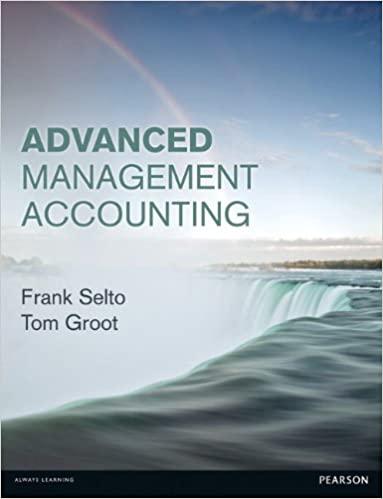Lyman Mills cost accounting practices The Lyman Mills cost accounting practice dates back to mid 19th century.
Question:
Lyman Mills cost accounting practices The Lyman Mills cost accounting practice dates back to mid 19th century. The factory general ledger included two ‘mill accounts': one for coarse goods production and one for fine goods production. Both resembled modern work-in-process control accounts, each of which was charged with its share of cotton, factory labour, and factory overhead expense every month.
The cost of cotton (based on the contract price including freight and insurance charges) that was purchased but not yet used in production (which is normally referred to as ‘unexpired costs') was charged to inventory and not to current manufacturing expenses. The entire amount expended each period on manufacturing payroll and factory overhead was charged to the mill accounts. Production of cotton is a continuous process that does not vary much in volume over time. The cost of cotton is by far the largest cost component in total manufacturing cost.
a. Comment on this accounting practice. Does it match current accounting practice?
b. What was the impact of the Lyman Mills accounting treatment on reported period profits?
c. If we compare annual profits based on the Lyman Mills accounting method with profits based on modern accounting procedures, how large do you estimate the difference would be?
Step by Step Answer:






